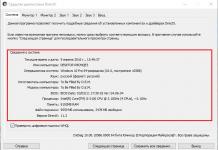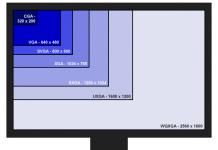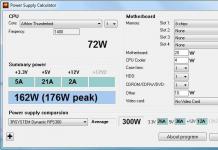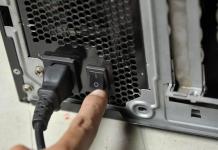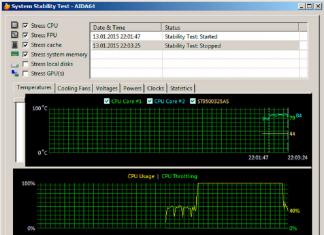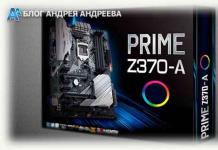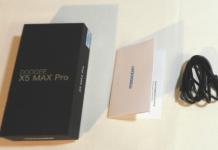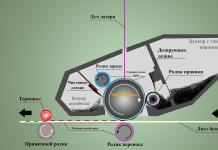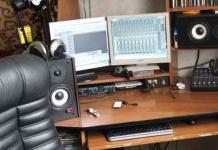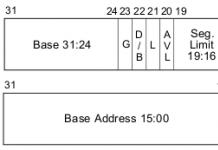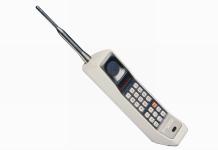And that at the heart of any gaming assembly is a bunch of processor + video card. However, in order for these devices to really form a bundle and reveal their full potential, their company must have a third worthy participant - the motherboard.
In continuation of the topic, let's talk about how to choose a motherboard for a desktop computer. Perhaps you have read a dozen articles on this topic and have already formed an idea of \u200b\u200bwhat your new “mother” should be. I will not retell banal truths, but will focus on what users often lose sight of, because inattention to some things leads to disappointment in the purchase or excessive spending.
Chipset
The first thing to look at when choosing a new motherboard is what kind of chipset it has.
Chipset (system logic), in simple words, is the brain of the motherboard, a set of chips that provides all its basic functionality and the interaction of connected devices. On old "mothers" it consisted of two large microcircuits - the north and south bridges. With the advent of Intel Nehalem processors in 2009, the need for a two-chip chipset layout has disappeared. This happened because the memory controller and integrated graphics - what used to be the northbridge - moved to the processor. The remaining chip is now called not the south bridge, but the hub of the platform or in short PHC(Intel) FCH(AMD) or MCP(NVidia) depending on the manufacturer.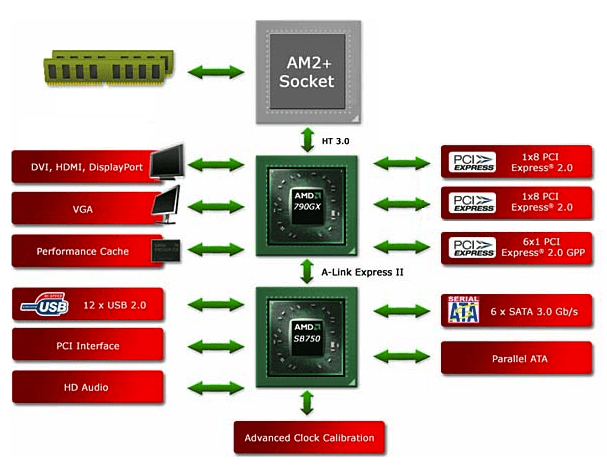
Block diagram of a motherboard based on a two-chip chipset.
What is included in the modern platform hub:
- Peripheral device controller (sound, network, etc.), interrupt and direct memory access controllers, RAID controller.
- Bus controller USB, SATA, PCI, PCI Express, LPC, FDI (VGA video output), SPI, etc. Some of the latest chipsets no longer support a number of legacy interfaces, such as PCI and FDI.
- Real time clock (RTC).
- ME controller (only on Intel hubs).
But this is in general. Each individual version of the chipset differs in a set of technologies, as well as the type and number of supported interfaces for connecting devices. In addition, some of them have the ability to overclock the processor by a multiplier.
Depending on the functionality, chipsets are divided into classes or segments. For modern models from Intel, belonging to a class is determined by five letters in the name:
- H is a mass consumer segment of chipsets for multimedia and home systems. These are installed on motherboards of the lower and middle price categories.
- Q - business segment. It implements remote administration technologies, trusted boot, hardware-level security protection and other functions required by the corporate sector. It is used in mid-price and expensive motherboards.
- B - a budget class of chipsets for office "typewriters" with support for some features of the Q segment.
- Z - for overclockers. Supports overclocking of Intel K-series processors.
- X - top-level chipsets for powerful gaming machines. On their basis, the most expensive platforms are produced.
The marking of the bulk of AMD chipsets also begins with a letter, which means:
- A - mass segment.
- B - for business.
- X - for high performance gaming systems.
The numbers in the marking are the generation and index of the chipset model within the same series. For example, Intel B150 is a representative of the 100 series, Intel H270 is a representative of the 200 series. 50 and 70 are index values. The higher the index, the wider the capabilities of the chipset in comparison with other representatives of the same segment.
Modern Intel and AMD chipsets
The younger the generation of the chipset, the longer (conditionally) the motherboard will meet modern requirements.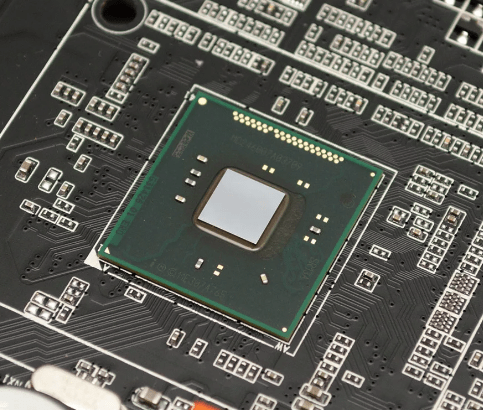
At the beginning of 2018, among Intel chipsets, models of the 100 series, 200 series for Skylake and Kaby Lake processors, as well as 300 for the latest Coffee Lake microarchitecture, are relevant. Among AMD are representatives of the 300 and 400 series (the latter is promised to be released to the market this spring) for AMD Ryzen, Athlon X4 processors and 7th generation A-series hybrids.
socket type
Make sure the socket supports the processor you need.
Under the type of motherboard socket is understood the configuration of the socket located on it for installing the processor. The list of CPUs compatible with the board and, accordingly, the socket are determined by the chipset version. But be careful, as nuances are possible here. For example, the latest generation boards based on Intel 100, 200 and 300 series chipsets are equipped with an LGA 1151 socket. This socket is physically compatible with Skylake, Kaby Lake and Coffee Lake processors, however the latter will not run on a board designed for the first two. And vice versa.In fact, motherboards for CPU Coffee Lake use the second revision of the LGA 1151 socket, but this is not always reflected in the description on store websites.
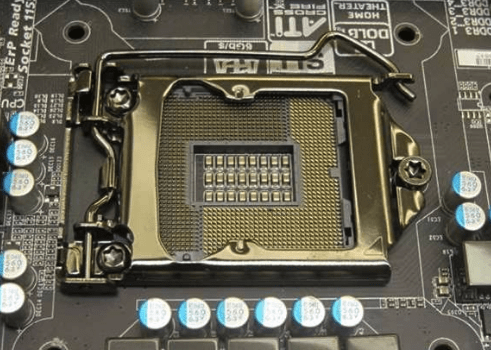
If the motherboard was released before the next generation of processors with the same type of socket was released, it is likely that the devices are incompatible with each other. At best, the compatibility problem will be solved by updating the BIOS, but this should be the will of the manufacturers. At worst, one of the devices will have to be changed to a more suitable one.
To find out which processors are supported by the motherboard model you like, it is often enough to “feed” Google or Yandex with the search query “ model_nameCPUsupport" or " model_nameprocessorsupport". Lists of compatible CPUs are often kept in nooks and crannies on motherboard manufacturers' websites and on some specialized resources.
Processor power system
Don't fall for marketing gimmicks.
Not all buyers of PC components have an idea of how the processor power system, which is otherwise called the VRM module (or VRD, which is more correct), is arranged and how it functions. This is used by cunning marketers, passing off individual circuit solutions as progressive innovations. Thanks to their efforts, the confidence has settled in the minds of people that the more power phases a processor has, the better. And that a board with 8 phases of the VRM module is definitely worse than with 16.
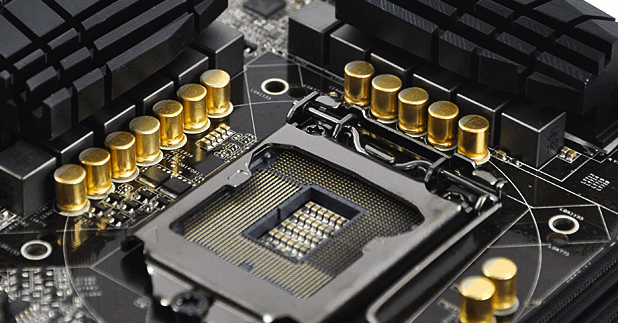
Processor power system around the socket
There is some truth in this, since polyphase CPU power systems are used to smooth out voltage ripples, and the smoother it is, the higher its quality. The more phases, the less ripple and the lower the current load on the elements. However, there is a catch here, because marketers and engineers call CPU power phases different things.
In fact, the number of processor power phases on the boards from the example above can be the same. On the second they may be even less than on the first. Without going into technical details, I will explain: the true number of processor power phases is equal to the number of phases of the shim controller, which "conducts" this entire system. If an 8-phase PWM is installed on the first motherboard, and a 4-phase PWM is installed on the second, then the number of phases on them, respectively, will be 8 and 4. Where did the second one come from 16? It’s just that several power channels can be connected to one phase of the shim controller, in particular, 4. And together they get 16.
The difference between channels and true CPU power phases is that they do not smooth out ripples, but only distribute the current load. I admit that such solutions are technologically justified, but I think it is wrong to pass them off as something they are not, and even increase the price for it.
Set, models, versions and location of integrated devices
Not only the set is important, but also the placement of devices on the board.
The number of RAM slots, the network controller, the brand of the audio codec, the number, generation and location of USB sockets, as well as other interfaces and devices that are present on the “board” of the motherboard - this is what all users focus on, perhaps. And it is right. However, it is important to look not only at the presence and number of devices, but also at their location.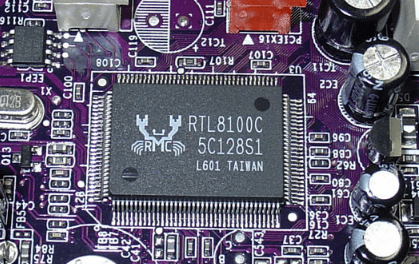
Realtek network controller
For example, you are planning to overclock the processor and have purchased a cooler with a massive heatsink for this. If you choose a "mother" on which the RAM slots are close to the socket, the cooler will block some of them, and you will not be able to install all the supported memory on the computer.
If the case of the system unit is long and high, the drive cage is located at the top, and the SATA ports are at the very bottom of the motherboard, the length of standard cables may not be enough.
These are just 2 possible situations, in reality there are much more nuances in terms of the mutual placement of devices.
Cooling system
Adequate cooling is the key to health.
Every modern motherboard is equipped with radiators for cooling large microcircuits and highly loaded elements of power circuits, however, some models are cooled efficiently, while others are not. On many gaming prototypes, heatsinks cover a significant surface area. Representatives of the economy class, as a rule, have nothing outstanding, except for one small aluminum “hedgehog” on the chipset.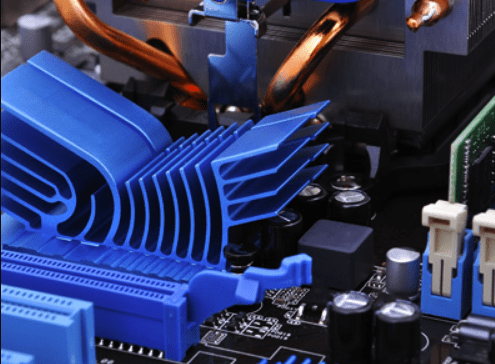
According to some motherboard manufacturers, good cooling is a luxury that only top models deserve. And why not save on the rest?
Problems from prolonged operation in conditions of excessive heating and poor heat dissipation will most likely make themselves felt not in the first year of operation of the computer, but after the end of the warranty period for the “mother”. In a word, if you want your motherboard to "live" a long healthy life, choose models with good passive cooling.
BIOS (UEFI)
If a board with a top chipset is suspiciously cheap, some of its functions are most likely disabled inBIOS.
It is not always possible to know from the descriptions which functions and technologies are supported by the BIOS of a particular motherboard. But if you manage to find such information, consider yourself lucky. Availability for the user of the chipset functions is implemented through the BIOS interface (UEFI). And which of their set you can use, the board manufacturer decides in his "highest favor".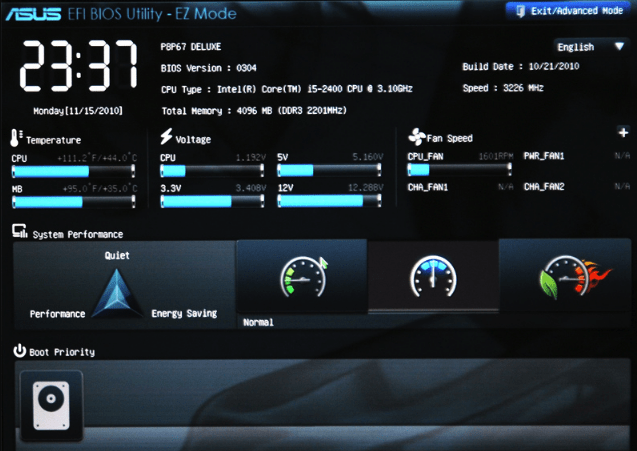
Such nuances are especially important to find out if you are building a computer for overclocking, gaming, or use in the corporate sector. Also, don't overlook technology support.
Form factor
Size matters, but not decisive.
The form factor or size of the motherboard matters when choosing only in one case - if you have already acquired a system unit case and select components based on its capacity. The principle the more the better is not applicable when choosing motherboards. Among them there are both small and remote, and large, but slow.Manufacturer
A well-known brand is insurance.
As for brands, it is still better to choose a motherboard from well-known ones. Large manufacturers such as Asus, Asrock, Gigabyte, MSI can afford expensive developments, so their products are usually more technologically advanced and more predictable. Buying an unfamiliar brand may save you money, but you risk losing warranty, BIOS updates, device documentation, and technical support. Or documents and support will be available only in Chinese, which will create unnecessary difficulties for you.More on the site:
“Mother” is the head of everything: how to choose a motherboard for a computer updated: February 22, 2018 by: Johnny Mnemonic


